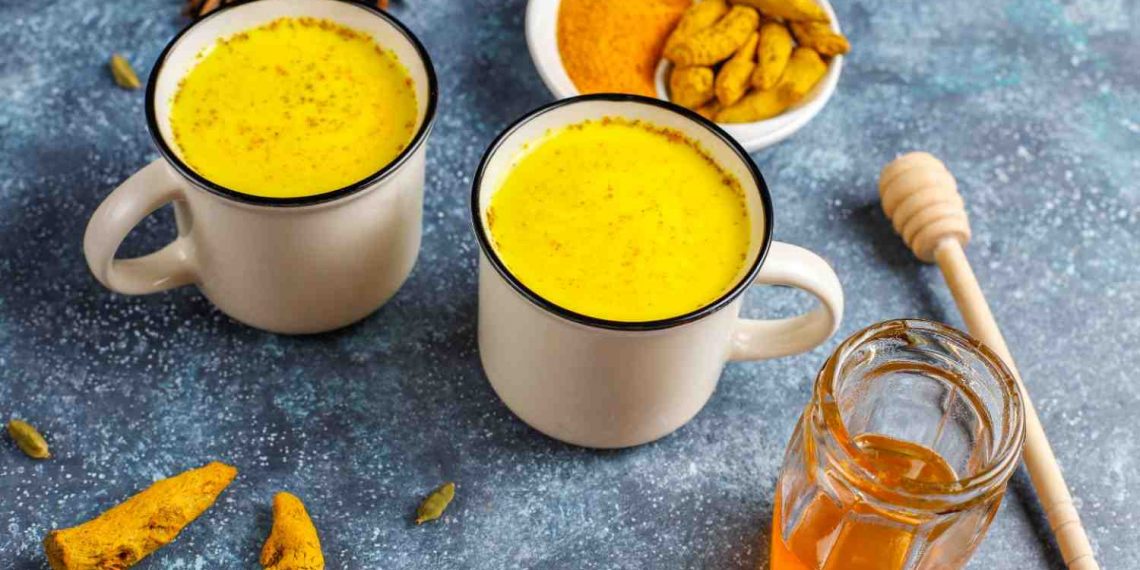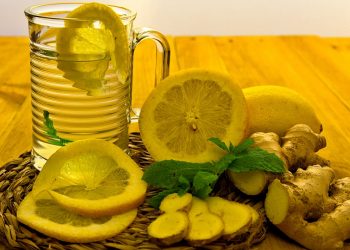5 Ways Turmeric Milk Transforms Your Skin Naturally
Did you know that the golden hue of turmeric milk, often dubbed “golden milk,” has been a staple in Ayurvedic medicine for centuries? This vibrant drink is not just a tasty treat; it’s a powerhouse for your skin. If you’re looking to enhance your glow naturally, turmeric milk might just be your new best friend. Let’s dive into five transformative ways this magical concoction can benefit your skin.
Contents
1. Fights Inflammation
Turmeric is renowned for its anti-inflammatory properties, primarily due to a compound called curcumin. Inflammation can manifest on your skin in various forms, including redness, puffiness, and even acne. By consuming turmeric milk regularly, you can potentially reduce these inflammatory responses.
Case Study: A study published in the Journal of Clinical Immunology found that curcumin can inhibit the production of pro-inflammatory cytokines, which are notorious for worsening skin conditions like psoriasis and eczema (Kumar et al., 2019).
So, next time you feel a breakout coming on, consider sipping a warm cup of turmeric milk. It may help soothe your skin from the inside out.
2. Boosts Radiance and Glow
Let’s be real: who doesn’t want glowing skin? Turmeric milk can help you achieve that coveted radiance. The antioxidants found in turmeric combat free radicals—unstable molecules that can cause premature aging and dullness.
Why It Works: Antioxidants neutralize free radicals, preventing oxidative stress on your skin. This means fewer wrinkles and a more youthful appearance. Adding a dash of black pepper to your turmeric milk can enhance curcumin absorption, making the drink even more effective.
Personal Experience: I’ve noticed a significant difference in my skin’s brightness since I started incorporating turmeric milk into my routine. It’s like a little glow-up in a cup!
3. Natural Antiseptic Properties
Turmeric isn’t just a pretty face; it’s also packed with antiseptic properties. This means it can help combat acne-causing bacteria and promote healing for existing blemishes.
Pros and Cons: While turmeric can be beneficial, there’s a caveat. Some people may experience skin irritation from direct application or excessive consumption. It’s important to start with small amounts and see how your skin reacts.
Expert Opinion: According to the Mayo Clinic, turmeric’s active ingredient, curcumin, has shown promise in reducing acne scars and promoting skin healing. Just remember, it’s not a miracle cure—consistency is key!
4. Hydration and Nourishment
Turmeric milk is often made with a base of milk (or plant-based alternatives like almond or coconut milk), which adds an extra layer of hydration to your skincare routine. Hydrated skin is happy skin; it’s less prone to dryness, flakiness, and irritation.
How to Enhance Hydration: For an added boost, consider mixing in some honey. Honey is a natural humectant, meaning it attracts moisture. Together with turmeric, you’re setting your skin up for success.
Practical Tip: If you’re looking to make this drink a part of your daily routine, try preparing it in bulk. Just heat up your milk, stir in turmeric and honey, and store it in the fridge. Warm it up whenever you need a skin-loving treat!
5. Promotes Even Skin Tone
Uneven skin tone can be a frustrating issue for many. The combination of turmeric and milk can help brighten dark spots and promote a more uniform complexion. Curcumin has been shown to inhibit melanin production, which is responsible for pigmentation.
Cultural Context: In many cultures, turmeric has been used in beauty rituals for centuries. For instance, in India, brides often use turmeric paste on their skin leading up to their wedding day to achieve that radiant glow.
Caveats: While turmeric can help with pigmentation, it’s important to be patient. Results won’t appear overnight, and it’s best used in conjunction with a good skincare routine.
FAQs
Q1: Can I use turmeric milk every day?
Absolutely! Many people enjoy it daily. Just be mindful of your body’s reaction and consult a healthcare provider if you have concerns.
Q2: Is turmeric milk suitable for all skin types?
While many benefit from turmeric milk, those with sensitive skin should start with small amounts to test for any adverse reactions.
Q3: Can I apply turmeric milk topically?
You can, but it’s best to do a patch test first. Some people may experience staining or irritation.
Q4: How long before I see results in my skin?
Results can vary, but with consistent use, many people notice improvements within a few weeks.
Conclusion
Turmeric milk is more than just a delightful drink; it’s a natural elixir for radiant skin. From fighting inflammation to promoting an even skin tone, its benefits are numerous. However, as with any natural remedy, results can vary, and it’s essential to listen to your body.
Incorporating turmeric milk into your daily routine can be a delicious way to nourish your skin from the inside out. Remember, consistency is key, and don’t hesitate to experiment with variations to find what works best for you. Here’s to glowing skin—one sip at a time!
References
-
Kumar, A., et al. (2019). Anti-inflammatory effects of curcumin in skin diseases: A review. Journal of Clinical Immunology. Retrieved from https://www.journalofclinicalimmunology.com/article/anti-inflammatory-effects-of-curcumin-in-skin-diseases
-
Mayo Clinic. (n.d.). Turmeric: Health benefits and uses. Retrieved from https://www.mayoclinic.org/drugs-supplements-turmeric/art-20398239
-
Cleveland Clinic. (2021). The benefits of turmeric. Retrieved from https://health.clevelandclinic.org/the-benefits-of-turmeric/
This article is for educational purposes only and is not a substitute for professional medical advice. Always consult a qualified healthcare provider before making changes to your health routine.
Get Your FREE Natural Health Guide!
Subscribe now and receive our exclusive ebook packed with natural health tips, practical wellness advice, and easy lifestyle changes — delivered straight to your inbox.














